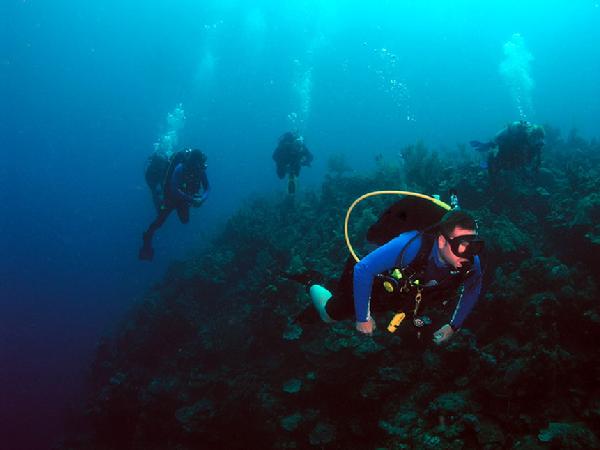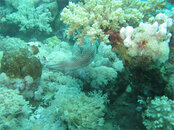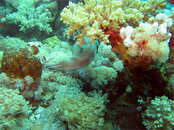billinwilliamston
Contributor
I found that manual WB made a big difference for me (oly c740-uz, pt018). I always used a sand patch or some similar pseudo white subject at about the same distance and zoom level from me as the subjects I was likely to shoot. Well, I did until the latch on the pt018 broke. That kind of ended that.
Forgive me if I'm over simplifying here. Unlike top-side where color is mostly influenced by the lighting, color under water is influenced by the water between your subject and the sun AND the water between your subject and you. If you're 60 feet down and set your WB on a card on your wrist and then shoot your buddy 20 feet away from you, your manually set WB is going to be off by quite a bit and probably more off than what the camera would come up with on auto. Or, it could just be that the auto is really good.
Forgive me if I'm over simplifying here. Unlike top-side where color is mostly influenced by the lighting, color under water is influenced by the water between your subject and the sun AND the water between your subject and you. If you're 60 feet down and set your WB on a card on your wrist and then shoot your buddy 20 feet away from you, your manually set WB is going to be off by quite a bit and probably more off than what the camera would come up with on auto. Or, it could just be that the auto is really good.







